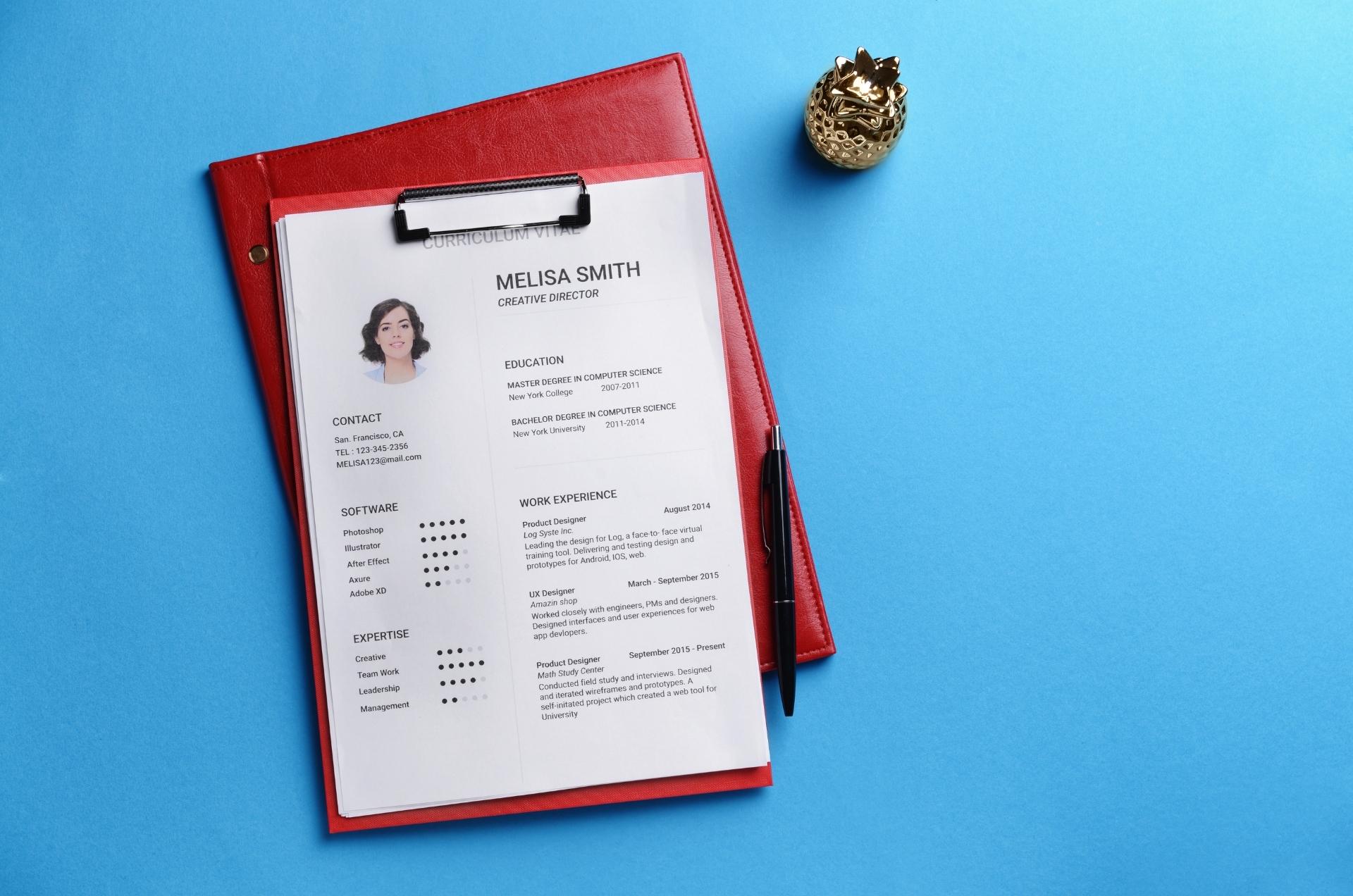A resume is a medium for self-promotion; it is the first means by which you present yourself and claim that you are the best choice for your prospective employer. You must highlight your significant assets on your CV, such as
- Qualifications
- Experience
- Achievements
- Capabilities
- Qualities
You must design your resume in such a way that it provides the impression that you are a perfect fit for the job you have applied for at first glance. After reviewing your resume, an employer will usually determine whether or not to call you in for an interview within 10-15 seconds. If your resume is effectively written, you will undoubtedly be among the selected applicants, regardless of whether you have the requisite potential or not. Otherwise, your resume will end up in either the recycling bin or the rubbish, regardless of whether you are Einstein or Newton.
Also Read – ” Guide to your first week on the job “
The initial draft of your resume may not be very impressive because a resume is always a developing document that develops with time, so keep modifying and refining it after the first draft and keeping its many versions with you.
Tips to write
Always begin by entering your personal information, such as your name, contact information, nationality, and gender.
- Don’t experiment with the font size. Make it simple to read your CV. Larger font sizes make it difficult and distracting.
Make a brief biographical sketch of yourself (recommended).
- Include your most significant accomplishments here. You may also add your expertise. (One to two lines)
- You must list your accomplishments that are relevant to the position you are looking for,
- For example, if you have completed a research paper on the area that you intend to study. You can also write about the honours you’ve received.
Mention your previous experiences here, beginning with the most recent. Make certain that whatever you submit is relevant to the scholarship programme for which you are applying. Also, don’t go into too much detail about your previous experience.
- If you lack professional experience, you might include information about your internships in this section.
- Always include your responsibilities and successes while working for that company/organisation. Make three to four bullet points. Also, describe if you have managed a group of individuals (to demonstrate your ability to work well with others), how your contributions benefited the organisation, and the recognition you earned.
- Include these specifics as well as some numbers. You can get the organisation’s attention this way.
For example, if you have completed a research project on the topic you intend to study. You can also write about the honours you’ve received.
Mention your previous experiences here, beginning with the most recent. Make certain that whatever you submit is relevant to the scholarship program for which you are applying. Also, don’t go into too much detail about your previous experience.
- If you lack professional experience, you might include information about your internships in this section.
- Always include your responsibilities and successes while working for that company/organization. Make three to four bullet points. Also, describe if you have managed a group of individuals (to demonstrate your ability to work well with others), how your contributions benefited the organization, and the recognition you earned.
Also Read – ” Why should you use a recruitment agency? “
- Include these specifics as well as some numbers. You can get the organization’s attention this way.
Details about your education. Provide your study facts, beginning with the most recent one.
- When putting your marks, always include the maximum attainable Marks/CGPA. This allows them to rank you higher. However, if your CGPA is poor, you should skip that section.
- Instead, include a bullet point noting that you are among the top 5 or top 10 students in your class.
- In this part, provide all of your relevant education and training.
- Many students wonder if they must produce verification of this information.
- No, you do not need to give anything (besides education if requested), however keep in mind that if you don’t have any successes to include in your CV, be realistic in your writing.
For example, don’t mention “great talents” in every section, as this may give the impression that you’re lying. Similarly, whether you’re writing about a conference or an internship, don’t include departments or conferences that don’t exist. As a result, try not to raise their suspicions about you.
You can also include an information section in which you can describe the conferences, credentials, and presentations you have given.
- Make a point of writing only those that are relevant to the scholarship programmed for which you are applying. Don’t inundate them with information that isn’t relevant to the scholarship committee.
- As previously stated, they will not want proof, but don’t just write about any conference you attended; be sure that anything you’re describing exists in real life.
- You can also put your IELTS/TOFEL test score at the bottom, with individual bands in each module, because they occasionally require to see individual results. If you do not have the results, you may skip this section or write about your English proficiency letter, stating that you acquired your education in English.
Professional Experience section
- The Professional Experience section is particularly significant since it conveys the tale of your professional accomplishments. This is a major indicator of what you will be able to perform for employers.
- In the Professional Experience section, list your roles in reverse chronological order (company, job title, location, employment dates). If you have extensive professional experience, limit your resume to the last 10-15 years, as this is what the employer is most interested in.
Also Read – ” What are the most common mistakes made on a Resume? “
- Ideally, you should highlight three to six roles on your CV that reflect advancement in your career. You should outline your responsibilities and successes in bullet points under each role. Responsibilities indicate what you were expected to do, whereas accomplishments are particular outcomes that show how well you executed your duty.
- Your most recent position should include the most detail, with four to six bullet points of no more than two lines apiece. The information provided by older jobs should be less detailed. Begin each bullet point with an action verb that places you in command. Include data to demonstrate the extent of your work and influence, such as how many leads you converted, how much revenue growth you drove, how many new hires you onboarded, how large the team you supervised, and so on.
Conclusion
Once you’ve completed your resume utilising the advice in this document, try to get it proofread by someone else. Recruiters frequently state that resumes containing errors will be rejected, even if the resume is generally in excellent condition. Consider asking a few people you trust, particularly those who are familiar with your work, for input on the content. Don’t feel forced to embrace all input, but be open to suggestions that can assist improve the quality of your resume. Finally, while there is no such thing as a perfect resume, you may utilise this approach to develop an effective resume that avoids typical flaws and mistakes.
Remember that your resume is a live document as you proceed through your job hunt. You can make changes based on any input you receive, but try not to waste time trying to over-optimize. Concentrate on your talents and expertise, present yourself in the best light possible, and prepare to land your next career!











